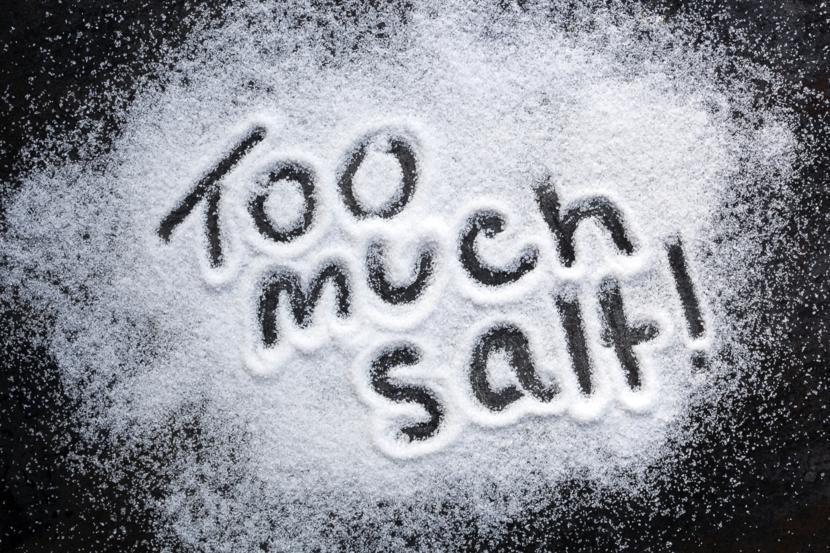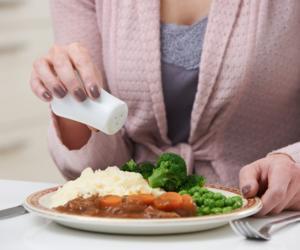How to Control Your Sodium Levels

A recent CDC report shows that many of the foods used in restaurants and foods sold in grocery stores have the potential to increase sodium levels in the body when consumed. Breads and rolls were noted to be the most important culprits among the variety of foods that do this. Some foods that contribute to almost 44% of the sodium content that we eat include:
- Lunch meats, such as deli ham and turkey
- Pizza
- Poultry
- Soups
- Cheeseburgers and other sandwiches
- Cheese
- Pasta dishes
- Meat dishes
- Snack foods, such as chips, pretzels, and popcorn
High levels of sodium leads to high blood pressure, which is a risk factor for heart disease and strokes. Normally, a person consumes approximately 3,300 mg of sodium from food per day. This does not include any extra salt an individual may add themselves. As per the U.S. dietary guidelines, the human body only needs less than 2,300 mg of salt per day. This amount is even lower if for anyone older than 50-years-old. This low rate also applies to those who have high blood pressure, diabetes, or kidney troubles.
Limiting the intake of high sodium foods by 25% will reduce total sodium intake by 10%. According to CDC Director Thomas R. Frieden, MD, MPH, this will prevent approximately 28,000 deaths per year.
Some snack and food manufacturers have taken the initiative to try and limit the amount of salt content in their products. Thomas R. Frieden adds that Kraft foods have committed to reduce the salt levels by an average of 10% in their products within two years. Leprino, the leading producer of cheese for pizzas, is also working towards providing healthier alternatives in their products.














